Starting a fall garden is a great way to extend your growing season and enjoy fresh produce even as the weather cools down. Fall gardens can be just as productive as summer gardens. Plus, they often require less maintenance because of cooler temperatures and more frequent rain.
In this post, we’ll guide you through the entire process of starting a fall garden. We’ll cover everything from planning and selecting crops to planting and caring for your garden. You’ll also learn about harvesting and storing your fall vegetables.
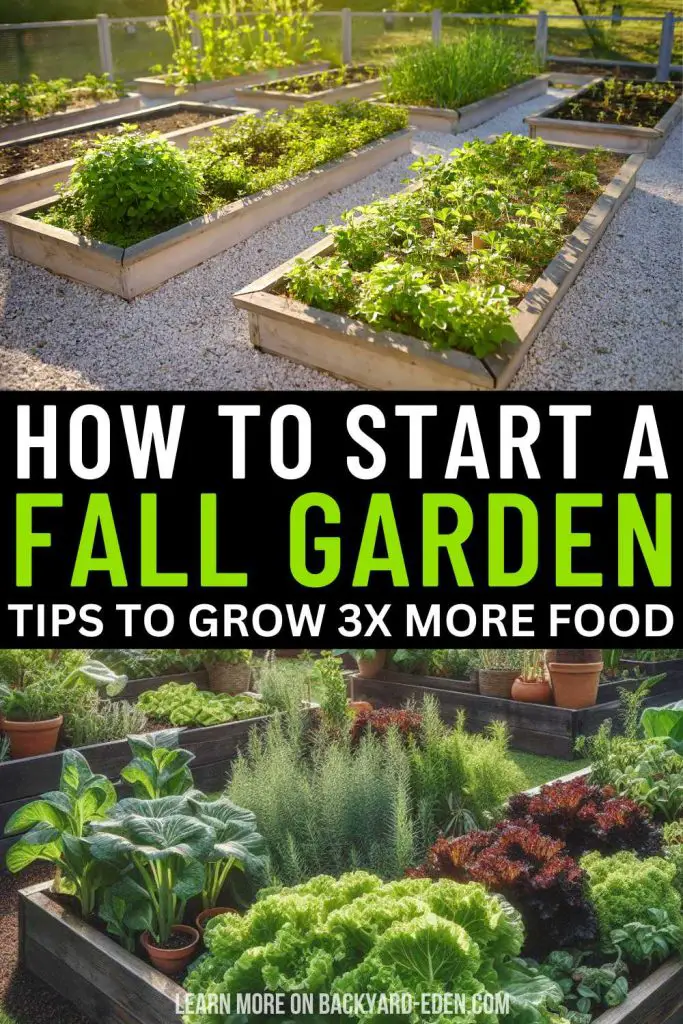
Planning Your Fall Garden
Assessing Your Space and Soil
Start by taking a good look at your garden space. How much room do you have? Is the soil in good condition? Soil preparation is crucial. Test your soil to see its pH level and nutrient content. You can buy a soil test kit from a garden center. If your soil is lacking nutrients, add compost or organic matter to improve it.
Choosing the Right Location
Pick a spot in your garden that gets plenty of sunlight. Most fall vegetables need at least 6 hours of sunlight each day. Also, consider how to protect your plants from wind and frost. Areas close to buildings or fences can offer some protection.
Planning Your Layout
Think about how you’ll arrange your plants. Companion planting is a helpful technique where certain plants are grown together because they benefit each other. For example, planting garlic near lettuce can repel pests. Also, remember crop rotation. This means not planting the same type of vegetable in the same spot every year to prevent soil depletion and disease.
Planning carefully will set a solid foundation for your fall garden.
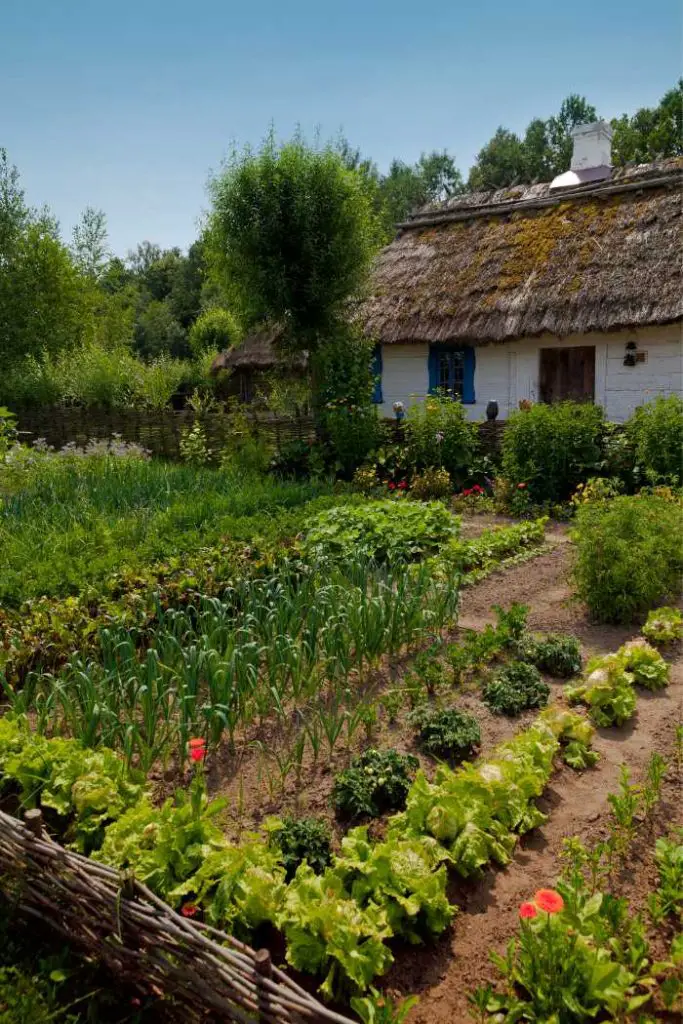
Selecting the Right Crops for Fall
Understanding Cool-Season Crops
Fall is perfect for growing cool-season crops. These vegetables thrive in cooler temperatures and can tolerate light frosts. Leafy greens like spinach, kale, and lettuce grow well in fall. Root vegetables such as carrots, beets, and radishes are also great choices. Brassicas, including broccoli, cauliflower, and Brussels sprouts, do well in cooler weather too.
Timing Your Plantings
Timing is critical for a successful fall garden. Calculate the days to maturity for each crop. This is the number of days it takes from planting to harvest. Check your area’s first frost date, which is when the first freeze typically occurs. Count backward from this date to determine when to plant your seeds or seedlings.
Choosing Seeds vs. Seedlings
Decide whether you want to start with seeds or seedlings. Seeds are cheaper but take longer to grow. Seedlings are young plants that give you a head start. Using seedlings can be a good idea if you’re short on time. Both methods work well, so choose what fits your schedule and budget.
By selecting the right crops and planting them at the right time, you set your fall garden up for success.
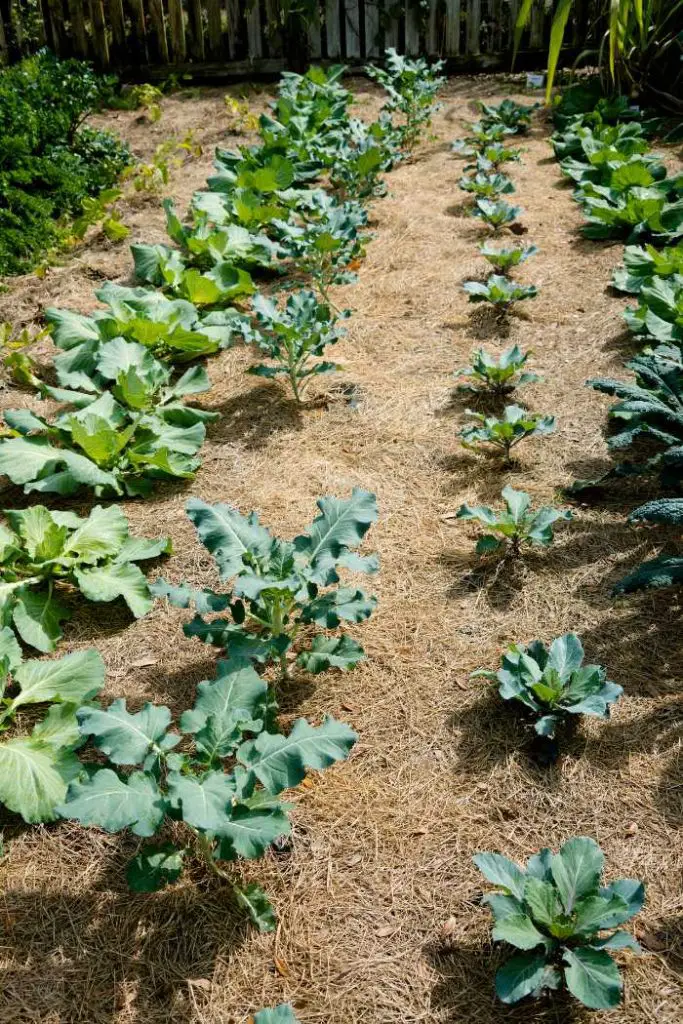
What Are The Best Vegetables To Plant In A Fall Garden?
The best vegetables for a fall garden are cool-season crops that thrive in cooler temperatures. Leafy greens like spinach, kale, and lettuce are excellent choices because they grow quickly and can tolerate light frosts.
Root vegetables such as carrots, beets, and radishes are also great for fall gardening, as they develop well in cooler soil.
Brassicas like broccoli, cauliflower, and Brussels sprouts are ideal for fall planting since they prefer cooler weather and can withstand colder conditions.
When Do I Start Seedlings Indoors For A Fall Garden?
Starting seedlings indoors for a fall garden typically begins in mid to late summer. The exact timing depends on the specific crop and your local climate. To determine the best time, check the days to maturity on the seed packet and count backward from your area’s first frost date.
Generally, you should start seeds indoors about 6-8 weeks before transplanting them outside. This usually means starting seeds in late June to early August.
This timing allows the seedlings to grow strong enough to handle the cooler outdoor temperatures of fall while giving them enough time to mature before the first frost.
Make sure to provide adequate light, water, and warmth to your indoor seedlings to promote healthy growth.
Can I Start Seeds In Small Pots Outdoors To Transplant Into The Garden?
Yes, you can start seeds in small pots outdoors and then transplant them into your garden. This method can be effective, especially if you have limited indoor space or if the weather conditions are mild. Use small pots or seed trays filled with high-quality potting soil. Place the pots in a sunny location where they will receive plenty of light. Ensure they are kept moist but not waterlogged.
Starting seeds outdoors in small pots allows you to control the initial growth environment and makes it easier to manage the young plants. When the seedlings have developed a few true leaves and are strong enough to handle, you can transplant them into your garden bed.
Make sure to harden off the seedlings by gradually exposing them to outdoor conditions over a week before transplanting to reduce transplant shock. This method can help you establish a successful fall garden with healthy, robust plants.
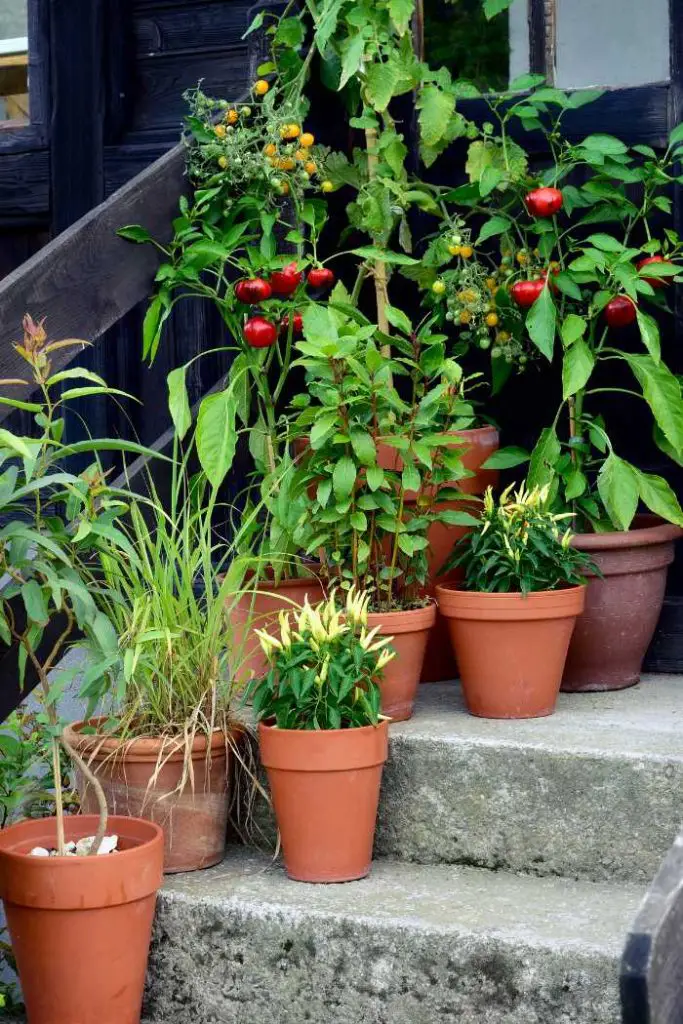
Planting Your Fall Garden
Preparing the Garden Bed
First, prepare your garden bed by removing summer crops. Pull out any plants that are no longer producing. Clean and till the soil to break up any clumps and create a smooth surface. This helps your new plants establish roots easily.
Sowing Seeds and Transplanting Seedlings
When planting, follow the instructions on the seed packet or plant label. Sow seeds at the correct depth, usually about twice the seed’s diameter. Space them properly to give each plant enough room to grow. For transplanting seedlings, dig a hole slightly larger than the root ball and gently place the seedling in the hole. Cover with soil and press lightly to remove air pockets.
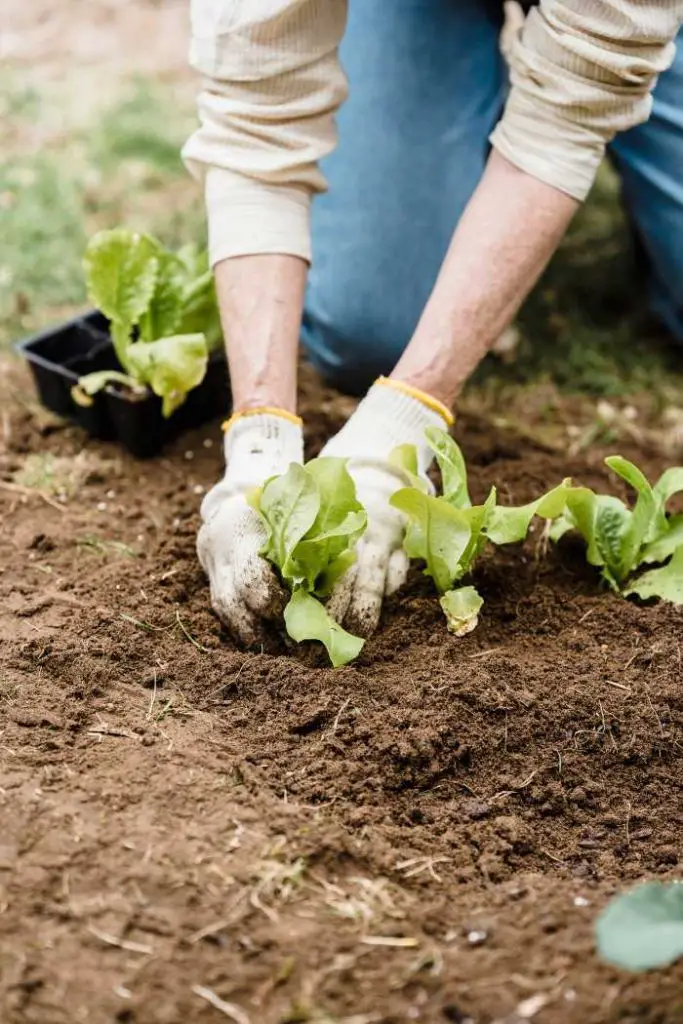
Watering Techniques
Water your garden immediately after planting. This helps settle the soil around the seeds and seedlings. Keep the soil consistently moist but not waterlogged. Water deeply and less frequently to encourage strong root growth.
Mulching and Protecting Your Plants
Apply a layer of mulch around your plants. Mulch helps retain moisture, suppress weeds, and regulate soil temperature. Use organic materials like straw, leaves, or grass clippings. To protect your plants from early frosts, consider using row covers or cold frames. These create a warmer microenvironment for your plants and extend the growing season.
By carefully planting and protecting your fall garden, you’ll give your crops the best chance to thrive.
Caring for Your Fall Garden
Watering Schedule and Techniques
Proper watering is essential for a healthy fall garden. Water your plants regularly, but avoid overwatering. Check the soil moisture by sticking your finger about an inch into the soil; if it feels dry, it’s time to water. Early morning is the best time to water, as it allows plants to absorb moisture before the day warms up. Deep watering encourages roots to grow deeper, making plants more resilient.

Pest and Disease Management
Fall gardens can still attract pests, though they might be different from summer pests. Common fall pests include aphids, slugs, and caterpillars. Organic pest control methods like neem oil, insecticidal soap, or diatomaceous earth can help manage these pests. Keep an eye out for diseases, which can spread quickly in cool, damp conditions. Remove any diseased plants promptly to prevent the spread.
Frost Protection and Extending the Season
Frost can damage or kill your plants, so it’s important to be prepared. Row covers are lightweight fabrics that can be draped over plants to provide frost protection. Cold frames are small, transparent structures that trap heat and protect plants from cold weather. Both of these methods can help you extend your growing season by several weeks.
By following these care tips, you can ensure your fall garden remains healthy and productive throughout the season.
Harvesting and Storing Your Fall Crops
Indicators of Ripeness and Readiness
Knowing when to harvest your crops is key to enjoying the best flavors and textures. Each vegetable has different signs of ripeness. For leafy greens, harvest when the leaves are large enough to eat but before they become tough or bitter. Root vegetables like carrots and beets are ready when their tops are about 1 inch in diameter, for Brassicas like broccoli and cauliflower, harvest when the heads are firm and fully developed but before they start to flower.

Best Practices for Harvesting
When it’s time to harvest, use the right tools and techniques. A sharp knife or garden shears can make clean cuts without damaging the plant. For root vegetables, gently loosen the soil around the plant before pulling it up to avoid breaking the roots. Harvest in the morning when the vegetables are crisp and hydrated.
Storing Your Produce
Proper storage helps extend the life of your harvest. For short-term storage, keep leafy greens in the refrigerator. Wrap them in a damp paper towel and place them in a plastic bag. Root vegetables can be stored in a cool, dark place like a cellar or basement.
Long-term storage methods include freezing, canning, and dehydrating. Blanch vegetables before freezing to preserve color and flavor. Canning and dehydrating are great for making shelf-stable products like pickles and dried snacks.
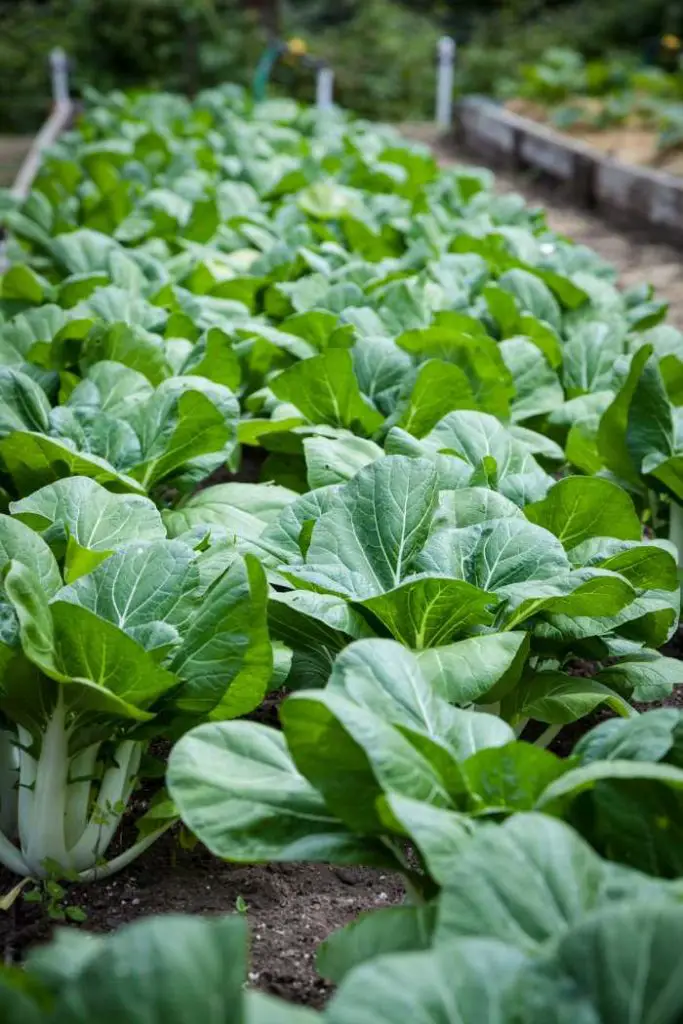
Troubleshooting Common Issues
Dealing with Poor Germination
Sometimes seeds don’t sprout as expected. Poor germination can result from several factors like old seeds, incorrect planting depth, or unsuitable soil temperature. Always use fresh seeds and follow the planting instructions. Ensure the soil is moist but not waterlogged, and keep the soil temperature within the recommended range for the specific crop.
Managing Unexpected Frosts
Unexpected frosts can harm your fall garden. Frost protection methods include using row covers, which provide an extra layer of warmth, and cold frames that create a mini greenhouse effect. If a frost is forecasted, cover your plants in the evening and uncover them in the morning after the frost has melted.
Addressing Nutrient Deficiencies
If your plants show signs of nutrient deficiencies, like yellowing leaves or stunted growth, a soil test can help identify what’s missing. Common deficiencies include nitrogen, phosphorus, and potassium. Adding compost or specific fertilizers can correct these deficiencies. Follow the recommended application rates to avoid over-fertilization, which can harm your plants.
How Do I Prepare My Garden Beds For Fall Planting?
Preparing garden beds for fall planting involves removing any leftover summer crops, weeds, and debris. Till the soil to break up compacted areas and incorporate compost or organic matter to enrich the soil. This ensures that your fall crops have a healthy, fertile environment to grow in.
What Are Some Tips For Extending The Growing Season Into Winter?
To extend the growing season into winter, use techniques such as planting cold-hardy crops, utilizing row covers, and building or purchasing cold frames. Mulching heavily around plants can also help insulate the soil and roots, protecting them from freezing temperatures.
Can I Use Raised Beds For My Fall Garden?
Yes, raised beds are excellent for fall gardening as they provide better drainage and can warm up faster than in-ground beds. They also make it easier to control soil quality and protect plants from pests.
How Can I Improve Drainage In My Fall Garden?
Improving drainage can be achieved by adding organic matter like compost to your soil, which enhances its structure. If your garden area is prone to standing water, consider creating raised beds or adding sand to the soil to improve drainage.
What Are The Benefits Of Companion Planting In A Fall Garden?
Companion planting involves growing certain plants together to improve growth, deter pests, and maximize space. For example, planting garlic near lettuce can repel aphids, while beans can provide nitrogen to the soil for leafy greens.
How Do I Deal With Weeds In My Fall Garden?
Weed control is essential for a healthy garden. Regularly remove weeds by hand or use mulch to suppress weed growth. Avoid disturbing the soil too much, as this can bring weed seeds to the surface and promote germination.
Can I Use Greenhouses For Fall Gardening?
Yes, greenhouses can extend your growing season significantly by providing a controlled environment. They protect plants from frost, wind, and pests, allowing you to grow a wider variety of crops later into the season.
What Are Some Common Diseases In Fall Gardens And How Can I Prevent Them?
Common diseases in fall gardens include powdery mildew and root rot. To prevent these, ensure good air circulation, avoid overhead watering, and remove any infected plant material promptly. Crop rotation and using disease-resistant varieties can also help reduce the risk of disease.
How Do I Know If My Soil Needs Amendments?
Conduct a soil test to determine the nutrient content and pH level of your soil. If the soil test reveals deficiencies or imbalances, amend the soil with compost, organic fertilizers, or lime/sulfur to adjust the pH.
How Can I Maximize Yields In A Small Fall Garden?
Maximize yields in a small garden by using vertical gardening techniques, such as trellises for climbing plants. Intercropping, or planting fast-growing crops between slower-growing ones, can also make efficient use of space.
Frequently Asked Questions
How Late Can I Start Planting For A Fall Garden?
The latest you can start planting for a fall garden depends on your local climate and the first frost date. Generally, you should plant fall crops about 6-8 weeks before the first expected frost. This gives your plants enough time to mature. Check the seed packet for the days to maturity and count backward from your first frost date to determine the best planting time. In milder climates, you can often plant later into the season.
How Do I Protect My Fall Garden From Frost?
To protect your fall garden from frost, use row covers or cold frames. Row covers are lightweight fabrics that can be draped over plants to provide an extra layer of warmth. Cold frames are small, transparent structures that act like mini greenhouses, trapping heat and protecting plants from cold weather. For added protection, water your garden in the afternoon before a frost, as moist soil retains heat better than dry soil.
Can I Grow Herbs In A Fall Garden?
Yes, you can grow herbs in a fall garden. Cool-season herbs such as parsley, cilantro, and chives thrive in cooler temperatures and can tolerate light frosts. Some perennial herbs like thyme, oregano, and sage can also continue growing into fall. Plant these herbs in well-draining soil and ensure they receive plenty of sunlight. Protect them from heavy frost with row covers or by bringing potted herbs indoors.
What Are Some Common Pests In Fall Gardens And How Can I Control Them?
Common pests in fall gardens include aphids, slugs, and caterpillars. Aphids can be controlled with insecticidal soap or neem oil. Slugs can be managed by placing beer traps or using diatomaceous earth around your plants. For caterpillars, handpicking them off plants or using organic pesticides like Bacillus thuringiensis (Bt) can help. Regularly inspect your plants and use natural predators, such as ladybugs for aphids, to keep pest populations in check.
How Much Should I Water My Fall Garden?
Watering your fall garden properly is crucial for healthy plant growth. Water your plants regularly, keeping the soil consistently moist but not waterlogged. Check the soil moisture by sticking your finger about an inch into the soil; if it feels dry, it’s time to water. Early morning is the best time to water, as it allows plants to absorb moisture before the day warms up. Aim for deep watering to encourage strong root growth.
How Do I Know When To Harvest My Fall Crops?
Each fall crop has different signs of ripeness. Leafy greens are ready to harvest when the leaves are large enough to eat but before they become tough or bitter. Root vegetables like carrots and beets are ready when their tops are about 1 inch in diameter. Brassicas like broccoli and cauliflower should be harvested when the heads are firm and fully developed but before they start to flower. Check the seed packet or plant label for specific harvesting guidelines.
Is It Possible To Grow A Fall Garden In Containers?
Yes, you can grow a fall garden in containers. Choose cool-season crops that do well in containers, such as leafy greens, radishes, and small root vegetables. Use high-quality potting soil and ensure your containers have good drainage. Place the containers in a sunny spot, as most fall crops need at least 6 hours of sunlight each day. Water regularly and protect from frost by moving the containers indoors or using row covers.
How Can I Improve My Soil For Fall Planting?
Improving your soil for fall planting involves adding organic matter like compost, which enriches the soil with nutrients. Conduct a soil test to check the pH level and nutrient content, and adjust accordingly. Amending the soil with compost or aged manure can improve soil structure and fertility. Mulching with organic materials like straw or leaves helps retain moisture and regulate soil temperature. Rotate crops and avoid planting the same type of vegetable in the same spot each year to prevent soil depletion.
What Should I Do With My Fall Garden At The End Of The Season?
At the end of the season, clean up your garden by removing any dead or diseased plants to prevent pests and diseases from overwintering. Add organic matter like compost or mulch to the soil to prepare it for the next planting season. Consider planting cover crops such as clover or rye to improve soil health and prevent erosion. Clean and store your garden tools properly to keep them in good condition for future use. If you have perennials, protect them with mulch to help them survive the winter.
Conclusion
Starting a fall garden can be a rewarding way to extend your growing season and enjoy fresh produce well into the cooler months. By carefully planning your garden, selecting the right crops, and giving your plants the care they need, you can achieve a bountiful harvest. Remember to pay attention to soil preparation, proper planting techniques, and consistent watering. Protect your plants from pests and unexpected frosts, and know when and how to harvest your crops for the best results.
Whether you’re a seasoned gardener or just starting, these tips and guidelines will help you create a thriving fall garden. Don’t be afraid to experiment with different vegetables and methods to see what works best in your area. Happy gardening, and enjoy the fruits (and vegetables) of your labor!




